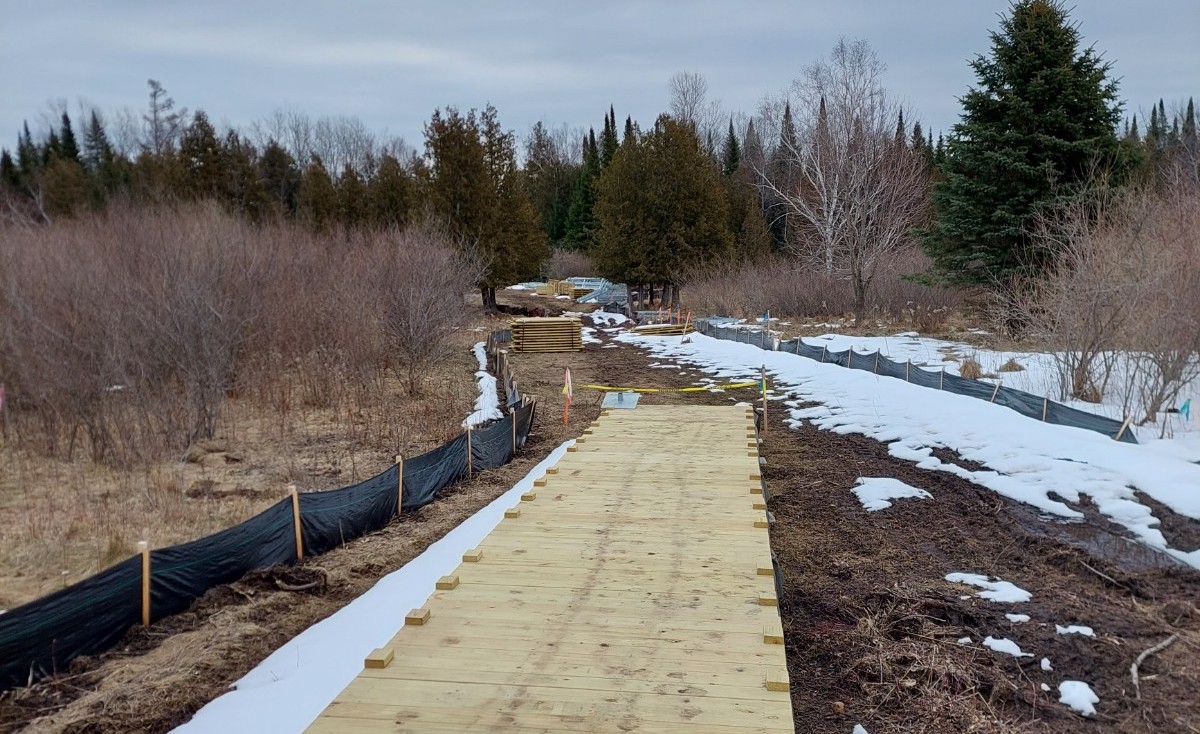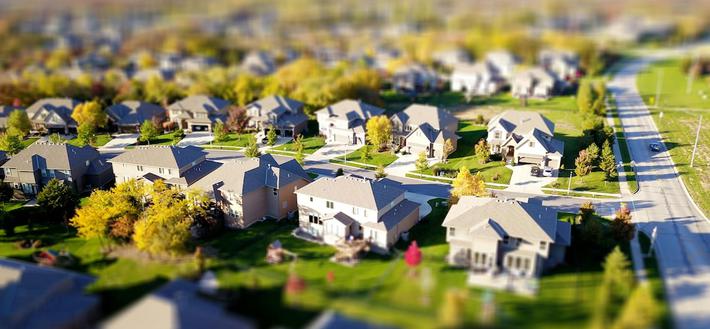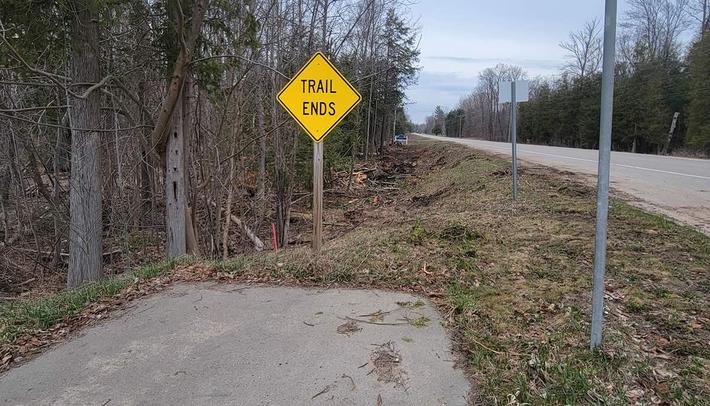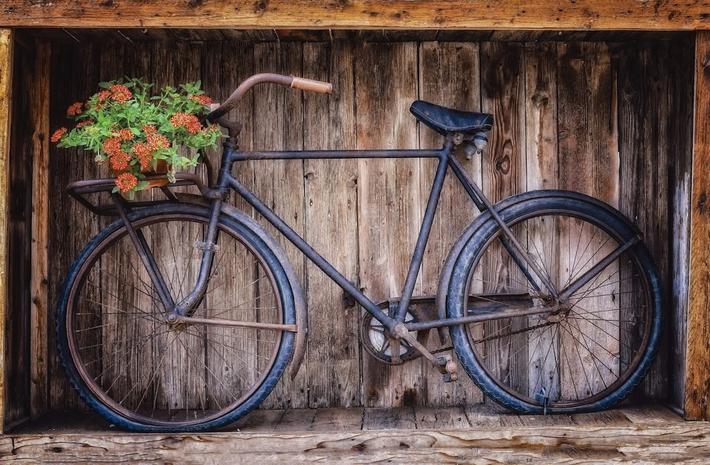
Trail Troubles
How our land conservancies juggle problems with trail costs, pests, and even people
By Laurel Manke | April 8, 2023
Our region’s nature preserves are home to dozens of incredible trails. Most northerners treasure these wooded walkways but often take for granted that they exist. Meanwhile, local conservancies juggle changing habitats, financial constraints, and workforce recruitment (among other challenges) to build and maintain outdoor spaces for all to enjoy.
We spoke with three organizations—Grand Traverse Regional Land Conservancy, Leelanau Conservancy, and Little Traverse Conservancy—to unpack their latest trail blocks.
Increased Growth Means Increased Maintenance
The good news: All the conservancies say they’re protecting more land every year. The flip side of that coin is that almost every new property acquisition means expanded trail development and maintenance needs.
“We manage 25,000 acres and average around 1,000 acres of growth per year,” explains Derek Shiels, director of conservation stewardship with the Little Traverse Conservancy in Harbor Springs. “When we acquire property, it is our job to take care of it, and it is a bigger job every year as we grow.”
The challenges that come with growth include ensuring fundraising, development, and staff and volunteer workforce can keep pace with growing property demands. For example, the Grand Traverse Regional Land Conservancy maintains 120 miles of trails, with more added all the time. Land Stewardship Specialist Steve Lagerquist says it’s just not possible—or realistic—to staff to that capacity. “We do not always have the capability internally to have boots on the ground and eyes on the property on every mile of trail,” he explains.
The Leelanau Conservancy is in a similar boat. The organization turns 35 this year, and Director of Natural Areas and Preserves Becky Hill notes that they’ve doubled their trail mileage in the past eight years.
Conservancy leaders say creating and maintaining trails as their organizations grow requires strategic allocation of resources toward top priorities, forging partnerships with community organizations, and relying on volunteers. Additionally, all three primarily depend on private donations to support their growth, which leaves them at the mercy of the community, though the conservancies try to take advantage of grants and public funding when possible.
The Varying Cost of Trail Construction
In addition to maintaining the collective 250+ miles of trail the three conservancies support, they continuously strive to build out new trails on their properties. Depending on the complexity and type of trail, trail development costs vary widely, from $3-$7 per square foot on the low end for a basic trail up to $60-$85 per square foot for a boardwalk. That price tag can jump up $30,000 per mile if heavy equipment is required.
One of Leelanau Conservancy’s biggest current projects is Palmer Woods, a mountain biking trail in Leelanau County. Because it is designed for biking, it requires investment in more specialized development, though the upfront cost is meant to have long-term benefits.
“We hire contractors for things like bike trails because we want them to be built in a sustainable, professional way. Finding contractors and forming partnerships has been a great process, we are so pleased with the results of doing that,” Hill says.
Another factor that adds cost to a trail project is meeting accessibility standards so that people of all ages and abilities can use a trail. GTRLC and Little Traverse Conservancy both cite trail accessibility as a leading priority.
“We want to remove barriers for more people, and that comes with the added expense of boardwalks and consultants,” Shiels says.
Chris Garrock, director of stewardship for GTRLC, agrees. “We love boardwalk projects, but the significant challenge to those projects is the cost.”
Adapting to Changing Habitats
Even if the conservancies had all the money in the world to build and maintain trails of all kinds, they would still be at the mercy of Mother Nature. A crucial part of managing sustainable trails is evolving with environmental changes over time. Climate, water levels, and other challenges like invasive species and diseases present new challenges each season.
On the pest end of the equation, there just always seem to be more. Michigan has identified some top threats when it comes to invasive species, among them oak wilt and the hemlock woolly adelgid. The former is caused by fungus that grows in a tree’s water conducting system, and it’s been found in 61 of Michigan’s 83 counties. The latter is a tiny insect that feeds on sap from hemlock branches and shoots and threatens more than 170 million eastern hemlock trees in our state.
“We have to be more cautious in trail maintenance due to oak wilt and hemlock woolly adelgid,” explains Hill. “For oak wilt, we are cognizant that if a tree gets gouged, we need to seal it, so it won’t be as susceptible to oak wilt. And, with [hemlock woolly adelgid], we try to trim up branches in areas visitors and vehicles may be.”
GTRLC has also had to navigate oak wilt issues in recent trail design and maintenance processes.
“Oak wilt has been challenging at our new Turtle Cove Nature Preserve because the property has a lot of red oak. We are leaving the maples and black oak and have had to take the bigger red oak out of play,” Lagerquist says. Nearly 400 trees had to be removed from the preserve to stop the spread of the disease.
Beyond pests and diseases, trail designers must also navigate an evolving climate. One of the primary areas of concern is the recent increase in heavy rain events, which lead to more erosion. Conservancy leaders say their approach to avoid the effects of erosion is building trails in areas unlikely to be impacted by the issue in the first place.
“Ideally, we don’t have trails built on a fall line [the line down a hill which is most directly downhill]. If there is erosion, we try to reroute the trail, so it does not require special maintenance over time,” Hill says.
GTRLC does their best to build trails under the tree canopy, avoiding open areas that tend to get dryer and more susceptible to erosion over time.
Of course, erosion is not always environment-related but instead can be caused or exacerbated by human trail use.
“During COVID we saw a bump in visitors, and with that, we saw more erosion that led to more tree roots sticking up, which meant more safety hazards and more work,” Shiels says of the Little Traverse Conservancy. He also points out the importance of adding infrastructure such as stairs in trail areas most sensitive to erosion, like coastal dune areas.
People and Pets
Speaking of people problems, we all know weather and pests aren’t the only factors challenging our area’s trail caretakers. Humans (and our furry friends) play a role too. This was especially obvious as all regional conservancies saw a significant growth in trail use during the pandemic.
For example, Little Traverse Conservancy’s Clay Cliffs trail saw trail use more than double from 7,000 annual hikers pre-pandemic to 20,000 during 2020. This exponential growth left a mark.
“At the start of the pandemic, we saw a lot of our trails widening because of the six-foot separation. People would step off the trail wide, which is not ideal for vegetation. We are working to restore these areas and make the trails narrower again,” Hill says.
And while many trails are open to four-legged friends—who often go exploring in the margins of the trails—they also leave their mark, so to speak.
“Dog poop is a big issue. Picking it up is more than just a courtesy—it is good for the environment. Our dogs’ poop is different from scat from a bear; it contains bacteria that impacts our environment. We ask that people pick it up and pack it out to leave no trace,” Hill says.
A Team Effort
Fortunately, human trail users also do good. No conservancy has the bandwidth to keep eyes on every mile of trail they maintain as regularly as they would like, and this is where helpful hikers, volunteers, and partner organizations come in.
GTRLC leans heavily on volunteers to support their staff of about 30, including a seasonal crew that focuses on rooting out invasive species, while Little Traverse Conservancy’s volunteer coordinator manages their volunteer workforce of about 100 volunteers annually and hosts work bees each Thursday.
As for the Leelanau Conservancy, Hill says, “We have a great volunteer group that meets weekly April through October and work on our Palmer Woods trail. We also have trail stewards at all our natural areas.”
Despite healthy volunteer programs, the conservancies say more help is always needed, and emphasize that any hiker can contribute. Anyone who uses a trail can report interesting wildlife and downed trees in trailways.
“The more eyes we have on our natural areas helping to inform us, the better,” Hill says.
At the end of the day, it’s up to all of us to help the conservancies keep trails in prime condition to preserve what makes northern Michigan so special.
Getting Involved
Little Traverse Conservancy: Share observations from the trail at inaturalist.org/projects/life-on-little-traverse-conservancy-lands, and learn more about donating or volunteering at landtrust.org.
Grand Traverse Regional Land Conservancy: Report downed trees, trash, or notable wildlife on GTRLC properties via email or at the phone number on trail kiosks. Get information on volunteering and donating at gtrlc.org
Leelanau Conservancy: Join a volunteer crew, report an issue on the trail, or get more information about becoming a trail steward at leelanauconservancy.org
Trending

Walking in an Artsy Wonderland
Michigan Legacy Art Park is hosting the “Raindrops” artwork created by Dewey Blocksma and Patricia Innis at th... Read More >>
Seven Takeaways from Local Real Estate Agents for the Spring/Summer Market
The last few years in local real estate have been akin to what one local agent described as the “wild west,” w... Read More >>
Blazing the Boyne City to Charlevoix Trail
We’re getting ever closer to an interconnected northern Michigan thanks to ongoing work on the Boyne City to Charlev... Read More >>


